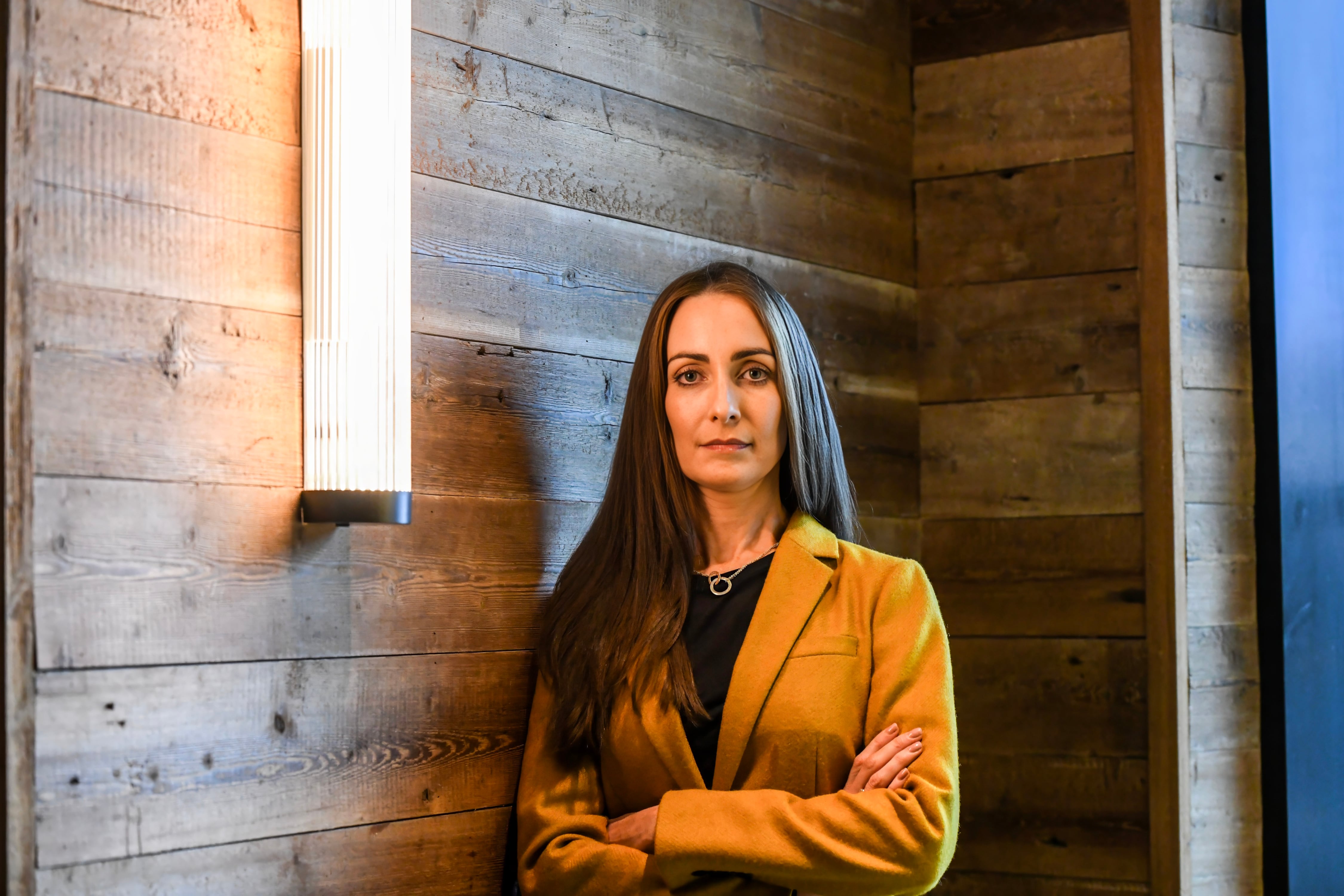From Blackrock Castle observatory to St Fin Barre’s Cathedral and Collins Barracks, Cork is not short of iconic buildings. The compact size of the city and the density of historic landmarks made it the ideal location to launch the concept of an open-doors day for the public to visit sites that might ordinarily be out of bounds.
Originally debuted as part of Cork’s tenure as a European Capital of Culture in 2005, Open Day is one of three initiatives that have stood the test of time since that year, along with the Ocean to City rowing race and the Live at the Marquee concerts. Open Day has been such a success, getting bigger and better all the time, that this year sees the initiative roll out across the rest of the country for Heritage Week.
“The first year we had 10 or 15 buildings that weren’t normally open to the public, or that normally charged a fee,” recalls Niamh Twomey, heritage officer with Cork City Council. “The Freemasons opened their building for the first time ever and we had queues out the door to go in and have a look.”
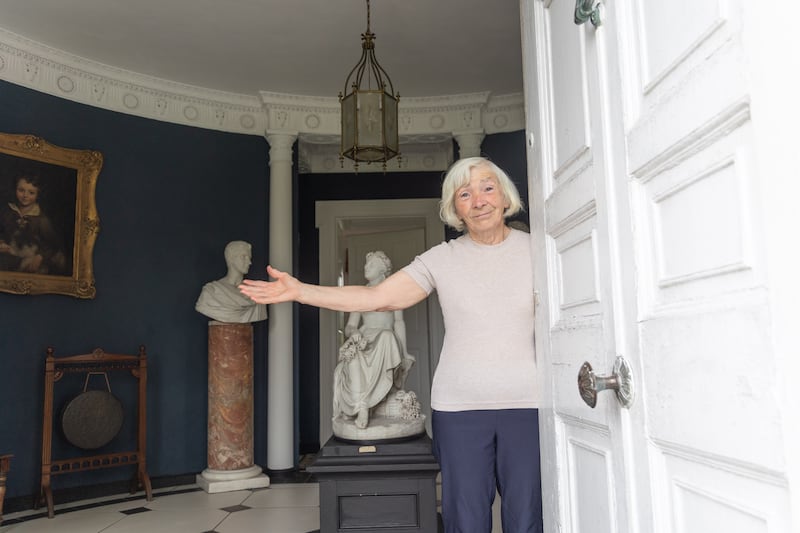
Cork uncovered
Last August more than 35 of Cork’s landmark buildings opened their doors to the public and 60 events took place, all celebrating Cork’s wonderful built heritage.
READ MORE
“There could be anything from a talk or a walk or an exhibition,” says Twomey, recounting the buzz at Elizabeth Fort’s medieval re-enactments, and the festival atmosphere around the Coal Quay.
Twomey uses the analogy of a church to describe interconnected heritage, and a broad church it is too, encompassing nature, culture, archaeology and more: “It’s the building of the church; the people who go in and out of the church; the story of the church; the history of the graveyard; the bat that lives in the belfry; the plants that are growing up the side of the church; the archaeology of the graveyard; it’s everything.”
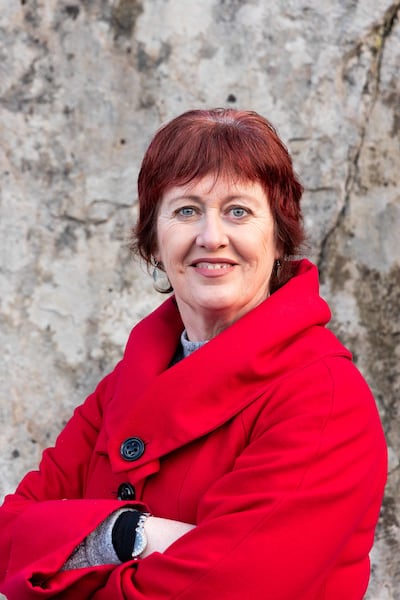
What’s on view?
Open Day presents an opportunity for all to engage with buildings in a different way. For example, even if you’re not a theatre buff the Everyman Theatre is a good show in itself, with a chance to step behind the scenes on Open Day. The steps of greats who trod the boards there during the heyday of music hall theatre – including Charlie Chaplin, George Formby, Laurel and Hardy – echo through the mists of time.
Built circa 1840, its origins as a Victorian theatre have left it with decor that distracts from what is happening on stage – an ornate proscenium arch and boxes, and a balcony and ceiling composed of decorative plasterwork, which has all been restored to its former glory.
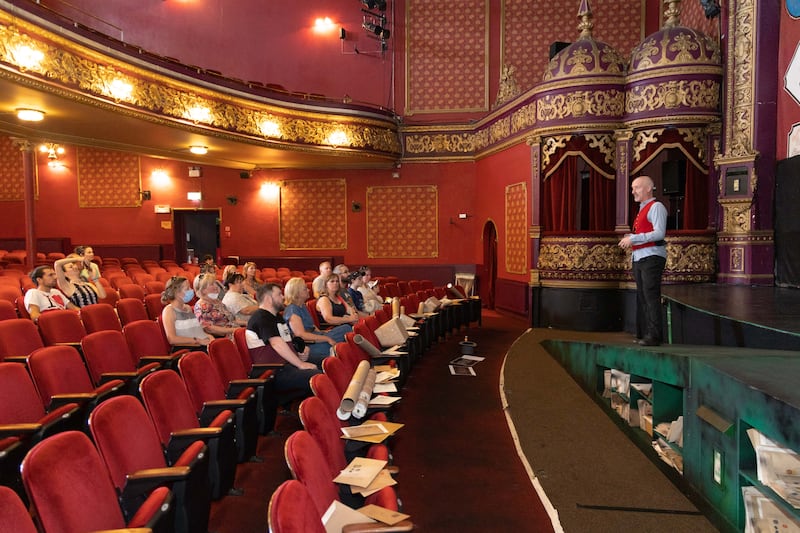
Fascinating stories lie behind architectural features that people pass by every day without questioning. At Oriel House Hotel, look up to the left of the entrance and you’ll see a rounded oriel window which gives the building its name. Although the original house dates from the early 19th century, the Oriel window was added later by Thomas Tobin, so that his wife Catherine, a keen painter, would have natural light for her studio. In keeping with the romance of the gesture, the original oriel room is now a luxurious bridal suite.
Although many of the buildings featured in Open Day are historic, Twomey is mindful that the buildings of today are the heritage of tomorrow, a legacy that must inform urban planning.
“We’re creating the beautiful buildings for the future,” she says. “What is the story we will be telling people when they look back?”
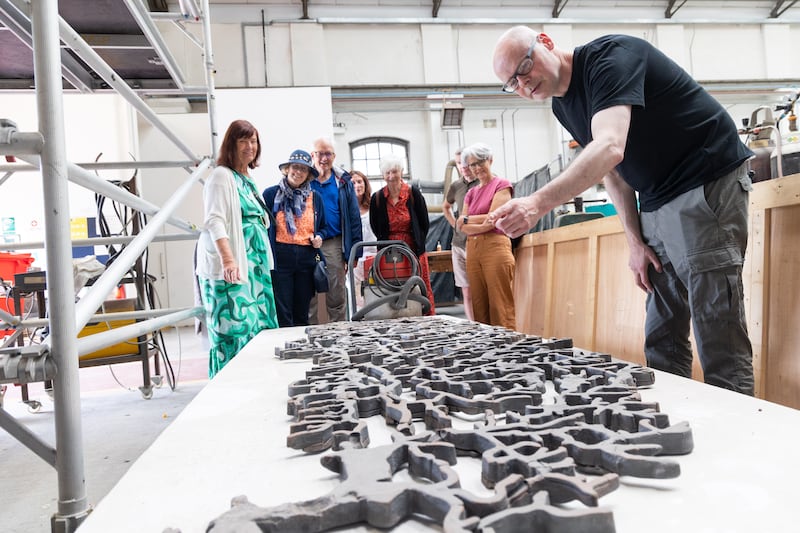
Twomey sees Open Day as a chance to gain an understanding not just of buildings but also other people. She says the Presbyterian Church and the Baptist Church draw in people from outside their usual congregations, who avail of the opportunity to experience others’ places of worship.
“It’s a lot more accessible for people,” she adds. “They feel comfortable going in; they feel like they belong there. That’s the message we’re trying to send people – heritage is for everyone. It’s not just for an elite group of people.”
Twomey fondly recalls the personal touch of one minister at the Presbyterian Church who welcomed visitors in out of the rain with steaming tea for all, served in beautiful china cups. After all, it’s the people who bring buildings to life, and taking this opportunity to engage with the built environment breathes new energy into old properties.
Open Day appeals to all sorts of people, Twomey enthuses: “You get the people who love a building so much, they only want to go to that building, and they go there every year. Meanwhile, families are attracted to events that appeal to children, such as the Coal Quay or the Medieval Day, and of course the Freemasons’. It’s like stepping into Harry Potter for them, with all the flags and amazing artefacts.”
The Courthouse is another popular destination, where visitors are made do “the walk of shame” from the cells into the dock, as if they were on trial. They also get a chance to sit in the judge’s seat and see the inner workings of the court.
“For the culturally curious it’s interesting to see, for example, the technology they use,” says Twomey. “If, for example, they are getting a Zoom call from Smith and Wesson in America to testify about a particular brand of gun.”
Open Day is so much more than simply opening doors; from walking tours, guided tours of buildings, talks by historians and architects, exhibitions, and workshops, a host of activities bring the bricks and mortar to life.
For lovers of military history, the trio of Collins Barracks, Elizabeth Fort and Blackrock Castle are firm favourites – but a newly donated collection of letters in the Collins Barracks Military Museum from Michael Collins to his fiancee Kitty Kiernan has broader appeal.
Last year saw suggested walking itineraries, with themes such as Steps and Steeples and Medieval to Modern; with so much to see, it makes sense to focus on a small area to get the most out of the day.
While there are plenty of awe-inspiring buildings, Twomey likens some of the more modest sites to what birdwatchers’ call “little brown jobs” in the animal world.
“Even the brown boring things have a place, and have stories to tell. And they’re as valid as the magnificent tigers, in terms of conservation,” she says, encouraging people to visit what may at first seem to be an underwhelming building. “Even some of the smaller buildings or modest churches have and amazing story to tell or were home to somebody amazing.”
Cork Heritage Open Day is organised by Cork City Council in partnership with the Heritage Council and marks the start of National Heritage Week in Cork city. For a full list of participating counties visit heritageweek.ie


